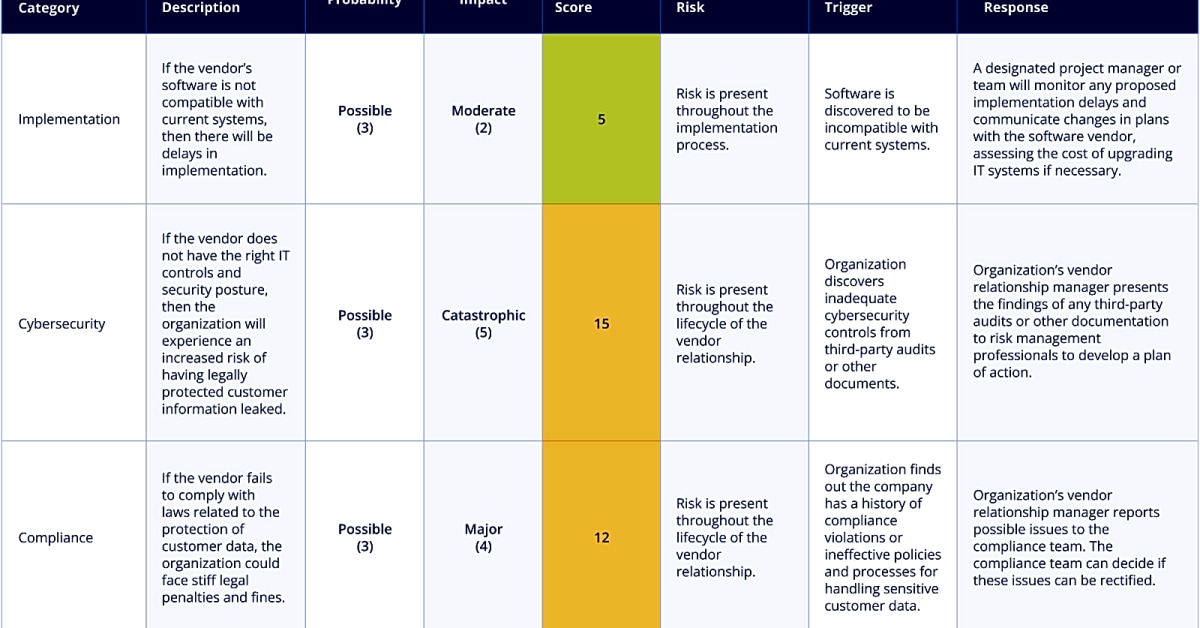How to Identify Potential Risks in Strategy Consulting
 by Consultant
by Consultant

Welcome to our article on identifying potential risks in strategy consulting. As businesses continue to grow and evolve, it is crucial for organizations to be aware of potential risks that can affect their operations and success. In the fast-paced world of strategy consulting, identifying and managing risks is a crucial aspect of ensuring the effectiveness and success of any strategic plan.
In this article, we will delve into the topic of risk analysis and explore how organizations can identify potential risks in their strategic plans. We will discuss the importance of strategic analysis and how it plays a critical role in risk management. Our aim is to provide you with valuable insights and tips on how to identify potential risks and mitigate them effectively.
Whether you are a business owner, consultant, or simply interested in understanding the dynamics of risk analysis in strategy consulting, this article is for you. So, let’s dive in and explore the world of identifying potential risks in strategy consulting together.
In today’s competitive business landscape, staying ahead of your competition requires constant evaluation and improvement of your strategy. However, no matter how well-planned your strategy may be, there are always potential risks that can affect its success. These risks can come from various sources such as economic changes, technological advancements, or even internal factors within your organization.
In order to effectively identify potential risks, it is crucial to first understand what they are and where they may arise. This can be achieved through conducting a thorough risk analysis by examining each potential risk and its likelihood of occurring.
By prioritizing which risks require immediate attention, you can develop a plan to mitigate or manage them. For instance, if your company heavily relies on a specific technology that may become obsolete in the near future, this would be considered a high-risk area that requires immediate attention.
Step 1: Understand Your Strategic Plan
Before identifying potential risks, it is important to have a clear understanding of your current strategic plan. This will help you identify any gaps or weaknesses that may increase your risk exposure. Take the time to review your goals, objectives, and initiatives to ensure they align with your overall business strategy.
Step 2: Analyze External Factors
External factors such as market trends, political changes, and industry disruptions can greatly impact your business strategy. It is important to regularly monitor these factors and assess how they may affect your company. This will help you proactively identify potential risks and make necessary adjustments to your strategy.
Step 3: Evaluate Internal Factors
Internal factors such as financial stability, employee turnover, and operational processes can also pose potential risks. It is important to conduct a thorough analysis of your organization’s internal operations to identify any areas of weakness that may increase your risk exposure.
In conclusion, identifying potential risks in strategy consulting is a crucial aspect of effective strategic planning. By understanding your strategic plan, analyzing external and internal factors, and conducting a thorough risk analysis, you can proactively identify potential risks and develop a plan to mitigate or manage them. This will not only improve your business strategy but also give you a competitive edge in the market.
About The Author
Related Posts
Learn how to effectively identify potential risks in strategy consulting to improve your business strategy and make informed decisions.